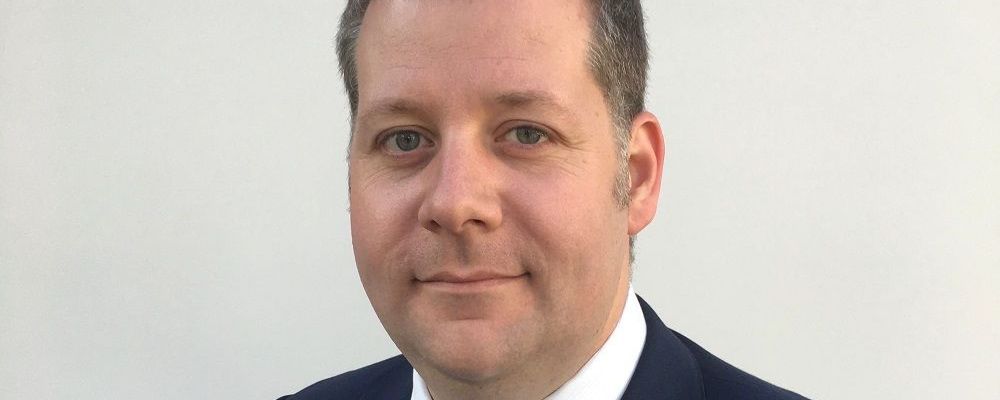At the National Youth Agency (NYA), we set standards and qualifications for people who want to be trained to work with children. In that sense, we’re like a ‘mini-Ofsted’ for youth work – there are other national bodies in the sector, but the NYA is its only official regulator.
One of our biggest tasks is examining all the different types of spaces that young people live in and frequent. Part of that involves assessing where the young sit in relation to various social communities. Those communities can be geographical, such as your town or housing estate. But they can also be thematic – for example, young carers or LGBT+.
In that context, youth work is all about relationships, and being relational: understanding how society and young people interact, and promoting best practices for strengthening that interaction in a host of positive ways.
For example, I worry a lot about young people on housing estates who get into gangs. Any youth work carried out in that field involves understanding the attraction. For a young person, the overall meaning of a gang may be something like: “A group of people who are interested and invested in me as a person… I can relate to them – they’re my team.”
Young people who join gangs are lured by that sense of belonging – that’s the pull factor. In terms of a push factor, a significant proportion of young people is consistently failed by the education system: 25% of children leave school with no discernible GCSEs. As a result, some of those individuals feel a need to integrate themselves into a community that they find supportive and validating.
Youth work focuses on preventing young people from joining negative communities and steering them instead towards positive ones. There are many other groups in society in which they can feel valued, included and listened to.
Now, in order to succeed, that steering process requires older generations to flip their perceptions. As well as looking at where young people sit in relation to certain communities, we who are within those communities must evaluate how we view – and treat – young people. How are we demonstrating that we value them? How are we supporting them in what they want to do, and achieve?
To encourage that perception flip, we do an awful lot of PR and marketing on positive stories about young people. Why? Well, to be frank, young people are routinely demonised by the media. A young person is ten times more likely to be the victim of a crime than a perpetrator – but from a lot of coverage and commentary, you would think it’s the other way round.
Young people make an overwhelmingly positive contribution to society. In the end, they just want to carve out good lives for themselves, make friends, go on holiday… all fundamental things that adults want, too.
They’re also great organisers, with nascent leadership skills – and that’s one, key asset we’ve been focusing on in a project called Future Proof Parks, which we’re working on in partnership with the Heritage Lottery Fund, Fields in Trust and Groundwork.
Typically, a park will have a ‘Friends of King George V Park’-type committee of locals who’ll pull together to brainstorm and implement various ways of improving the park’s facilities. If we know anything about parks, it’s that young people use them an awful lot. But they often don’t have much of a say over how parks are managed.
So, what we’ve been doing at the NYA is training adults and volunteers to actively involve young people in park management. Under those arrangements, young people will come into committee sessions and collaborate with older members, making tangible contributions and getting their points across.
For example, one classic subject that a park committee will debate is a plan to build a skate park. Nine times out of ten, a parish council will go into that discussion with an air of, “Don’t ask the local young people how to design it, or where we should put it.” So, we always end up with skate parks that are inappropriately shaped or situated, and badly lit after dark, and no one uses them because they don’t feel safe. Then the council proceeds to think that the younger locals are being ungrateful – but they’re not. They just want it done properly! And they’re more than qualified – and willing – to explain how.
What really strikes me about society’s relationship with young people is how inconsistent it is. We build them elaborate play facilities to see them through early childhood – but when they reach adolescence, there’s this big disconnect. And we don’t actually reconnect with them again until they’re 18 and start paying taxes.
Many adolescents end up falling through the chasm between those two life stages – or at any rate, they do in this country. If you go overseas, it’s very different. But in the UK, our message to adolescents is merely: “Be seen and not heard” (a phrase that I loathe).
However, young people are citizens who have every right to be heard. And involved. And supported to have a say on the services we provide them. As such, we at the NYA work with local government and authorities to boost young people’s collective voice.
Some of the most exquisite work I’ve ever seen in this field is when a youth worker, having set a session’s tone, is simply propped up on a stool in the meeting facility surrounded by a hum of completely self-sustaining activity. Fundamentally, young people are great team players. And they know what they need. All we need to do is listen to them.
Voices from our community: Leigh Middleton is CEO at the National Youth Agency.

